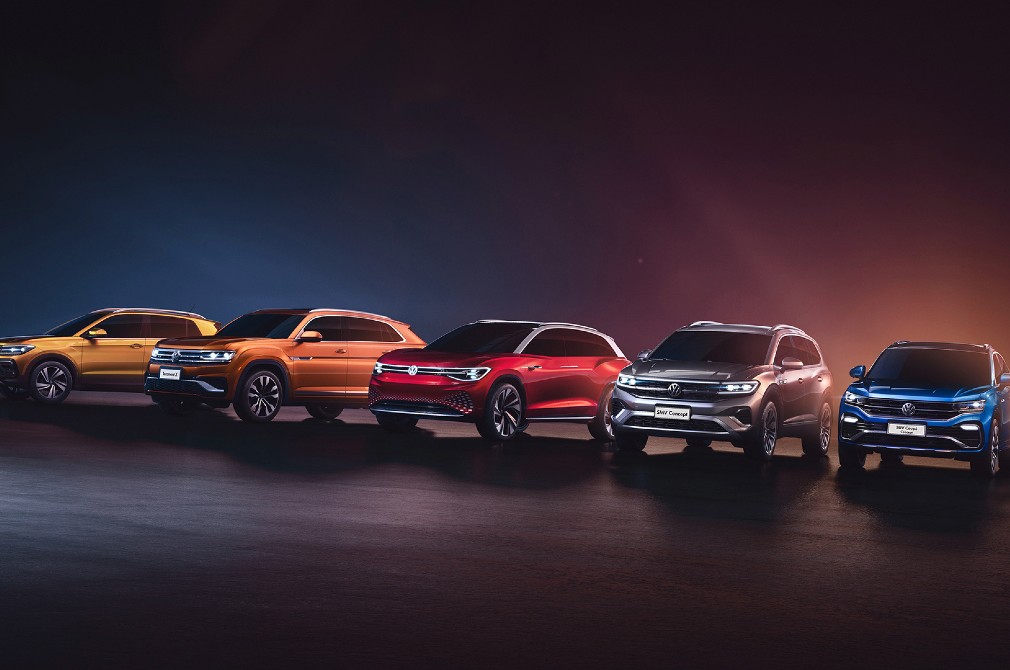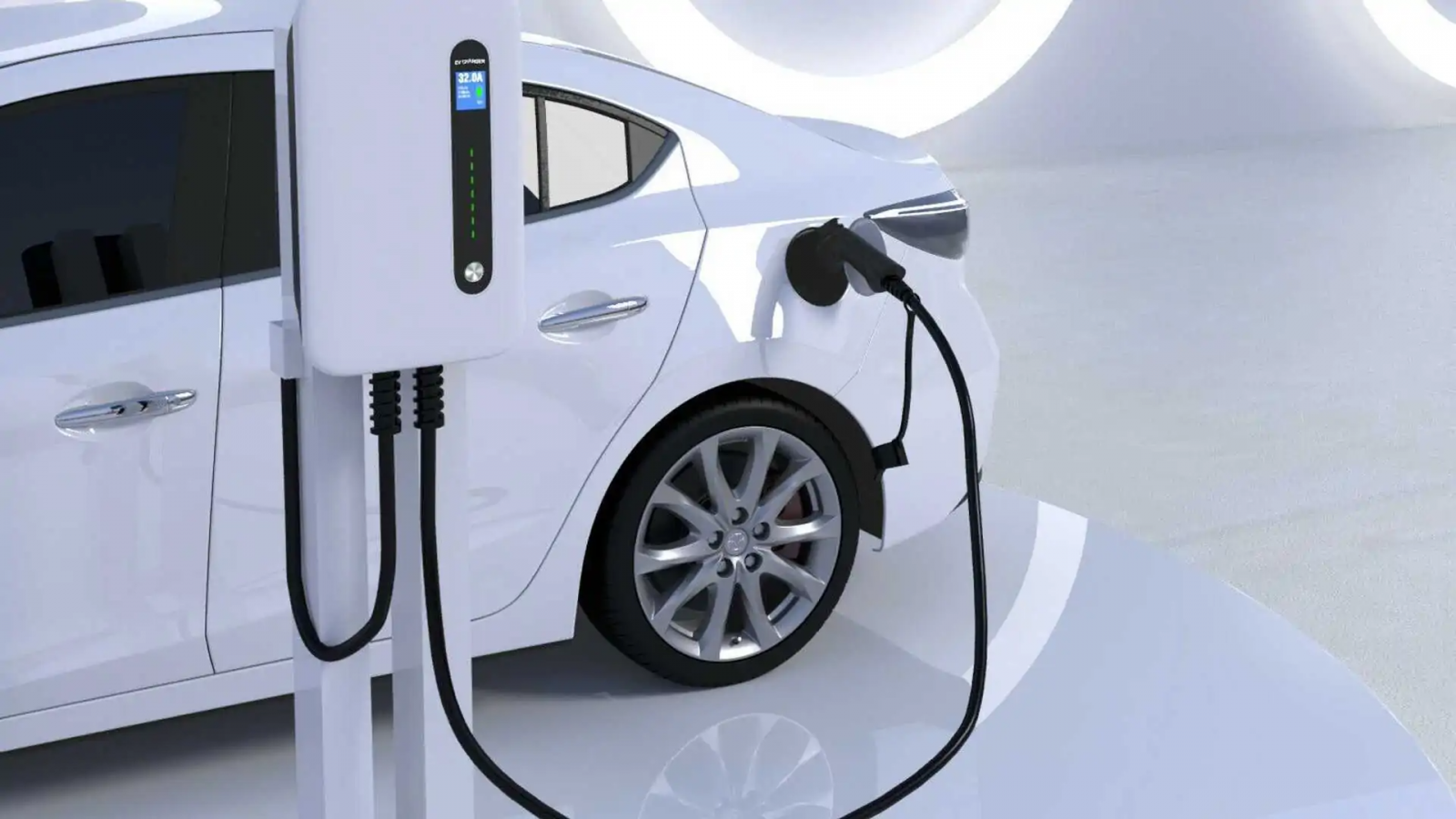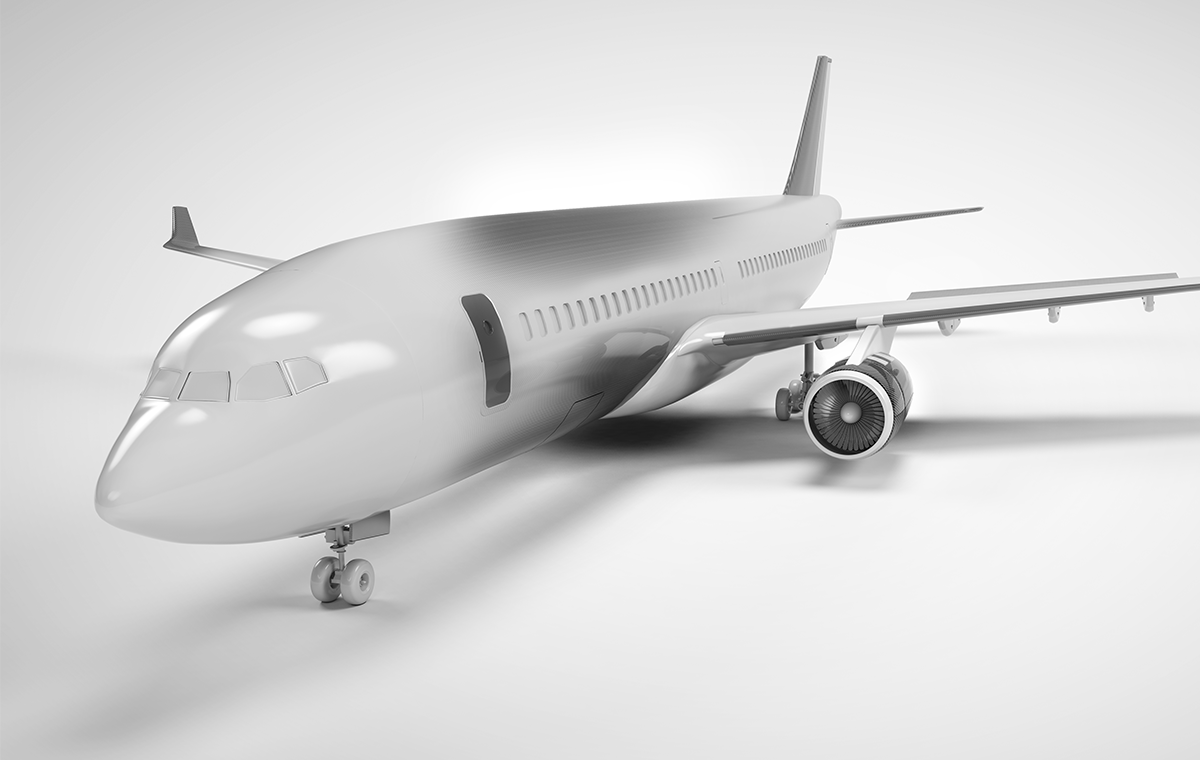The Advantages of Aluminum in Vehicle Manufacturing
Aluminum’s growing use in mobility is excellent news for a circular economy as well: using aluminum ensures high recycling rates at the end of life. More than 90% of the metal is recovered after the end of the vehicle’s use phase and re-used to create new aluminum products with only a fraction of the energy needed to produce primary aluminum.
PASSENGER CARS
The aluminum content in road vehicles is rising every year. You can find our metal in engine radiators, wheels, bumpers, suspension parts, engine cylinder blocks, battery boxes, hoods, doors, frames, and more. The electric vehicle revolution has boosted demand for our material further. You need aluminum to improve the range of electric vehicles, ensure their batteries stay cool, and for their charging infrastructure.

ELECTRIC VEHICLES
The future of mobility is electric; the future of electricity is green energy, and the metal enabling this green electric future is aluminum.
Aluminum helps electric and hybrid cars stay light, which is one of the most effective ways to improve a vehicle’s energy efficiency. The lighter the vehicle is, the longer it can drive on one charge. Because of its thermal management properties, aluminum is also the perfect material for battery boxes, cooling systems, and energy storage.
But the contribution of our metal to the electric vehicle revolution does not stop there. Thanks to its high strength and durability, aluminum is the material of choice for charging poles and cables supporting energy transfer and the renewable energy systems that feed into them.

TRUCKS
Aluminum is widely used in trucks, particularly those carrying freight. Reducing the dead weight of a truck by using aluminum to make it lighter allows the truck to carry a greater payload. With the maximum weight of trucks in Europe regulated by law, each kilogram of weight saved on the truck or the trailer allows an extra kg of valuable load. This means fewer journeys and lower overall CO2 emissions. Each kilogram of aluminum in today’s articulated trucks saves 26 kg of CO2 throughout their lifetime! Aluminium can also make trucks safer.
In 2015, the EU decided to allow truck cabins to be longer, increasing their safety and aerodynamics. The aluminum industry has shown how to use this extra space to improve passenger safety by introducing an energy-absorbing aluminum crash management system.
AIRPLANES AND SPACE APPLICATIONS
In 1903, the Wright Brothers chose an aluminum engine for their first airplane because of the weight it saved. Since then, the phenomenal growth of the aerospace industry has been built on its widespread adoption of aluminum. In some planes, aluminum represents as much as 80% of its weight!
Aluminium allows airplane manufacturers to light weight internal components, such as passenger seats, saving weight, fuel, and CO2 emissions. What’s more, aluminum’s resistance to corrosion and UV damage ensures the safety of the aircraft and its passengers.
Since the launch of Sputnik in 1957, aluminum has been the material of choice for all types of space structures. Thanks to its high strength-to-weight ratio and ability to withstand the stresses of launch and space operations, aluminum has been used in several space missions, including the Apollo missions, Skylab, space shuttles, and the International Space Station.

SHIPPING AND RAIL TRANSPORT
Aluminium has been a key enabler of faster and more economical rail transport and shipping since the 70s. Thanks to our metal’s light weight, underground vehicles, trams, trains, and ships can minimize running costs and achieve higher speeds.
For transporting goods and raw materials across large geographical areas, aluminum also enables considerable cost savings because aluminum railcars and vessels can take on increased payloads and are highly durable, often compensating for their higher purchasing costs in under two years.
The many benefits of using aluminum in cars
|
A LIGHTER CAR WITH A LOWER CARBON FOOTPRINT By making vehicles lighter using aluminum, they use less fuel and emit fewer emissions without compromising safety. Aluminium’s lightweighting properties enable cars produced in Europe this year to prevent 50 million tonnes of CO2 emissions during their lifetime. |
BETTER RANGE FOR ELECTRIC VEHICLES Aluminum helps electric and hybrid cars stay light, which is one of the most effective ways to improve a vehicle’s energy efficiency. The lighter the vehicle is, the longer it can drive on one charge, saving time and money. |
|
MORE PROTECTION FOR SAFER CARS An aluminum crash box folds predictably and absorbs twice as much crash energy per kilogram as a steel solution. With only a third of the density of steel, aluminum crash-sensitive components can be made with a greater wall-thickness and still reduce weight. Furthermore, aluminum extrusions offers design flexibility that, together with aluminum sheet and casting components, makes aluminum the preferred solution for safety-critical components like battery boxes and bumpers. |
IMPROVED RECYCLABILITY In today’s modern plants, 95% of aluminum in an end-of-life vehicle is successfully and profitably re-used or recycled into new aluminum products, substituting primary aluminum. Recycling aluminum is great for the environment and uses only 5% of the energy required to produce primary aluminum. |
Source: https://european-aluminium.eu/about-aluminium/aluminium-in-use/


 Chia sẻ:
Chia sẻ:


